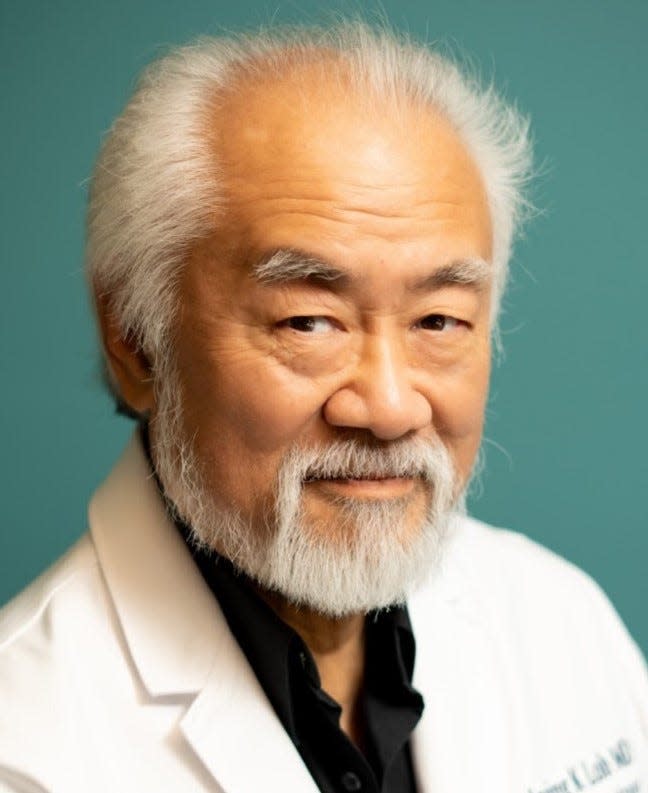Dr. Loh: The more we learn about aspirin, the less certain we are about how to use it
One would think that we would know all there is to know about a compound first commercially available in 1899 and since then marketed all over the world for so many applications. But, no, it seems that the more we learn about aspirin, this incredible molecule, the less certain we are about how to use it, in what doses, and for what reasons. That’s what often happens in the scientific world.
When seeking truth, the more one knows, the less certain one becomes of dogmatic pronouncements. For those that like uncluttered black and white without gray, or worlds of yes or no without maybe, that can be disquieting. But more often, seeking truth means that one must be able to change one’s mind by learning as new (and validated) information become available. This becomes more problematic if one’s health is at stake. It’s fine to ponder the various pros and cons of choices, but it eventually comes down to what one actually does.
Like any medication, aspirin has benefits and potential adverse effects, the recitation of all of which would take up much more space than we have. Suffice it to say that in the cardiovascular arena, besides its analgesic and anti-inflammatory effects, aspirin has been most useful as an anticoagulant, or blood thinner. The reason it has been so important has to do with some fundamental issues in cardiovascular disease.
When blood vessels that feed all the organs of the body are healthy, the blood flowing in those vessels have no trouble delivering oxygen and nutrients to tissues and carrying away the metabolic byproducts. This requires that the lining of the blood vessels are intact and functioning normally. When one has cardiovascular risk factors that damage to the vascular lining, called the endothelium, disruption of blood flow can occur with blockages and clots forming that obstruct critical flow to organs. The platelets in the bloodstream are often the trigger for the cascade of reactions that cause clots to form which can block the vessel, or even break loose and obstruct blood vessels further downstream, thus causing damage. This is how heart attacks and strokes may occur. Aspirin, by impeding the activation of the platelets, reduces the risk of these clots from forming.
This is why anti-platelet or anticoagulant therapy is recommended to reduce the risk of clot formation. But the question has always been in whom, at what dose, and for how long? Does one take it before one has a bad event if one is at risk? Or after an event has occurred? How much does one need to have the desired effect? Does one need to take it forever? What are the downsides? Are there better options available? These questions can be answered by properly designed and executed clinical trials, which I have written about on these pages for years.
In 1988, the Physicians’ Health Study reported the results in 22,000 male U.S. physicians aged 40-84 years who had no prior cardiovascular event and who volunteered to take aspirin 325 mg/d versus a placebo, and were followed for decades. The investigators reported a 44% reduction in heart attacks in the aspirin group. Subsequently aspirin became part of millions of Americans treatment regimen, much of which was done without clinician supervision, and many patients were women, for whom there were meager data. Episodes of gastrointestinal bleeding, stomach ulcers, easy bruising, allergic reactions, and drug interactions, etc. occurred. Enthusiasm waned. Patients on lower dose aspirin had fewer adverse events.
The American Heart Association and the American College of Cardiology now recommends low dose aspirin for primary prevention (without prior evidence of clinical cardiovascular disease) in selected patient aged 40-70. The US Preventive Services Task Force also suggests that low dose aspirin be considered in patients aged 40-59 if their Calculated 10 year Risk for Cardiovascular Disease is greater than 10%, based on the 2013 AHA/ACC Risk Calculator that takes into account a number of risk factors. Thus my current feeling is that if patients are at high risk for cardiovascular disease and low risk of bleeding, the benefits of being on aspirin exceed the risks. Please remember that these guidelines are for patients without overt cardiovascular disease. There is essentially no debate that patients who already have had a heart attack, stroke, vascular disease, or atrial fibrillation or documented blood clots do require blood thinners.
So what about patients over 70 years without cardiovascular disease? It gets fairly subjective here, and the recommendations are dependent not only on the clinician’s opinion, but the patient’s preferences. If I have a patient with diabetes or with difficult to control risk factors or remains an active smoker, I encourage having them on aspirin. If they still have any concerns, especially if there’s a significant family history of cardiovascular disease or laboratory proof of an elevated Lp(a) level (discussed in recent columns), I may order a coronary artery calcium score. If that’s over 100 by the Agatston score, then low dose aspirin may be in order.
Best always to have this discussion with your own doctor.

Irving Kent Loh, M.D., is a preventive cardiologist and the director of the Ventura Heart Institute in Thousand Oaks. Email him at drloh@venturaheart.com.
This article originally appeared on Ventura County Star: Dr. Loh: The proper uses of aspirin remain an uncertainty

